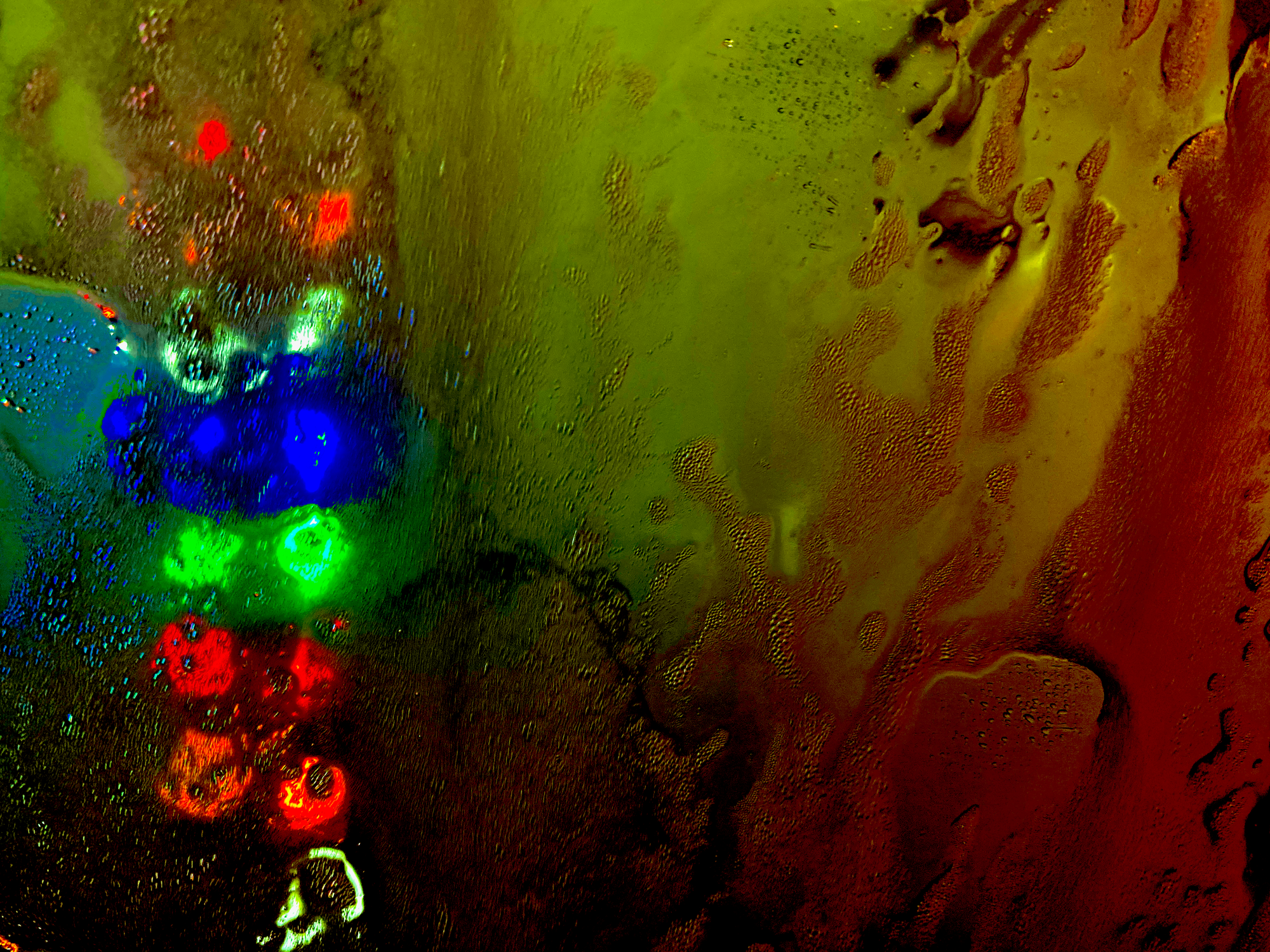Keeping Time, The Crunch for Atomic Clocks in Space
The more we study the world at the quantum scale, including the behavior of atoms as markers of time and as exquisite sensors to probe unstudied matter, the more we might understand how to navigate to other worlds without having to depend on Earth-based antennas.

The business of space has often required a standard notion of time that seems infinitely longer and more drawn out than most of our engineering endeavors. The bigger the mission, the longer it often takes. Some of the most complex missions have been planned with a timeframe that usually spans years and sometimes decades. The public has come to accept this as a mode of operation. Even the new space community or space 2.0 community (favoring the increased privatization of space science and engineering) accepts that space is about the long game, requiring time and effort that transcends many years and usually involves collaboration from many sectors.
From a business perspective, the long-term view needed in the industry might account for the continued hesitancy or reservations among many private investors and public institutions to believe in the industry’s profitability at its current stage. But how does the definition of time change when we measure time in space? And why is it becoming increasingly important to get the time right in space? It’s both a profound philosophical and technical question for us on Earth as it is for the prospects of navigating in deep space.
Albert Einstein’s theory of general relativity proposed time dilation — the difference in time elapsed measured by two clocks from differences in the gravitational field. In short, clocks can be used to calculate height and gravity based on the amount of time dilation. This study has been considered the holy grail in physics. And yet, the news is increasingly pointing to multiple efforts in the United States and worldwide to advance the refinement in performance of atomic clocks, quantum technological devices that operate at the tiniest scales.

Atomic clocks leverage the fundamental properties of electrons which emit frequencies when they change energy levels. Roughly 400 atomic clocks in 70 laboratories worldwide maintain the International Atomic Time (TAI), setting the time standard and synching up all the clocks on Earth. In addition, atomic clocks are used on satellites in low Earth orbit, synching up with every GPS device and smartphone. However, spacecraft navigation in deep space continues to depend on atomic clocks on Earth, subject to delays, cosmic radiation, magnetic and gravitational interference, among many other factors that limit precision. These clocks measure how long a signal takes to make a two-way journey from the antennas on Earth to the spacecraft and the return signal from the spacecraft. A spacecraft’s navigation and orientation rely on distance and position, so timekeeping is a critical determinant in this calculation.
Some of the most precise atomic clocks ever designed are optical clocks, which are paired with lasers that cool atoms such as strontium and ytterbium at temperatures close to 0 kelvin (−273.15 degrees Celsius, −459.67 degrees). They’re so precise that they’re often used as sensors to study new physics and search for gravitational waves and dark matter.
NASA’s Deep Space Atomic Clock (DSAC), based on trapped mercury ions, launched in June 2019, demonstrating how it worked onboard a spacecraft beyond low Earth orbit and how it could keep times 50 times more stable than atomic clocks on the GPS satellites near Earth. The lead researchers published their experimental data in the peer-reviewed journal Nature in June 2021 as the mission closed in September 2021. (For free access to the preprint, visit here.)
The authors wrote,
“The Deep Space Atomic Clock is particularly amenable to the space environment because of its low sensitivity to radiation, temperature, and magnetic field variations. This level of space clock performance will enable one-way navigation in which signal delay times are measured in situ, making near-real-time navigation of deep space probes possible.”
China’s Cold Atom Clock Experiment in Space (CACES) predated NASA’s technology demonstration as it launched in 2016. Scientists published their experimental results in a Nature communications article in 2018 and the peer-reviewed journal National Science Review in 2020 after the clock deorbited in 2019.
Now, as the Shenzhou 14 Chinese astronauts (taikonauts) launched on June 5, 2022 to continue constructing the Tiangong space station, they hope to establish a cold-atomic clock system in a research module including a hydrogen clock, a rubidium clock and an optical clock.
In tandem with the National Centre for Space Studies (CNES), the European Space Agency and European industry partners, also have a mission in progress to the International Space Station -the Atomic Clocks Ensemble in Space (ACES/PHARAO mission). Unfortunately, robust details and updates about the launch are not readily available online, but the CNES website and peer-reviewed paper indicates some of the mission's parameters: a cold-atom clock based on caesium atoms.
The more we study the world at the quantum scale, including the behavior of atoms as markers of time and as exquisite sensors to probe unstudied matter, the more we might understand how to navigate to other worlds without having to depend on Earth-based antennas. And although timekeeping isn’t as sexy as rocket propulsion, our actions today will directly affect the opportunities available to our civilization here on Earth and in other worlds. I believe the crunch to get advanced atomic clocks working in space will ultimately enable us to become multiplanetary.
//
Photos [stream of consciousness]
The experience of an automated car wash always feels magical. Although you’re simultaneously presented with an exciting kaleidoscope of colors, sights, and smells, the car becomes the only shell protecting you from the machinery. I’ve always been fascinated by this heightened sensory experience, even at a young age. So I usually sit still and watch how the machines operate.

